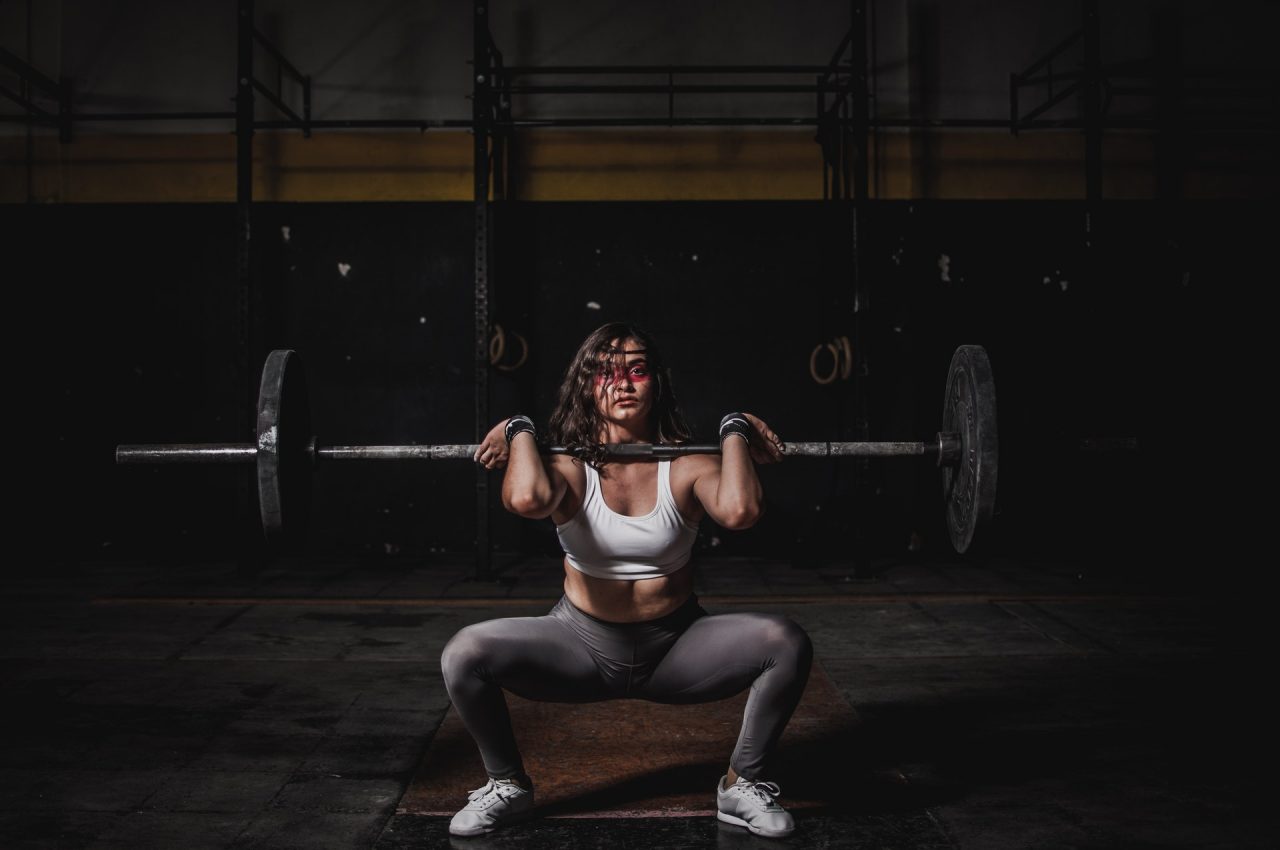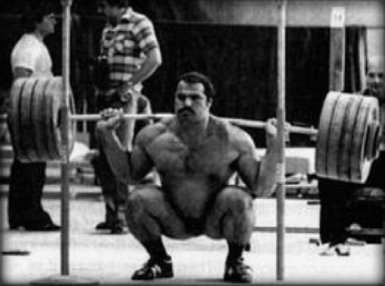In the literature the version of the clean that is in Olympic-style weightlifting actually goes by several names. These include the clean, the full clean, competition clean, squat clean, and traditional clean. Regardless of the name, the clean is divided into several phases. These are important to know because tiny mistakes in one phase carry over to later ones and can have a big impact on the lift.
The clean is divided into several phases:
- The start
- First pull
- Second pull
- Receiving the bar
- The finish
The start
The start refers to when the bar is on the platform and the lifter is addressing the bar. Mistakes here add and become giant mistakes later in the lift. The bar should be in line with the balls of the athlete’s feet. The athlete should squat down, chest out/shoulders back, grip the bar with a clean-width grip, and adjust the height of their hips so that their shoulders are slightly ahead of the bar.
First pull
The first pull is the phase from the start until the bar has reached mid-thigh level. The first pull is a slower lift, it does not involve ripping the bar off the platform. The hips, knees, and shoulders rise up at a uniform rate while the shoulders remain slightly in front of the bar and it moves around the knees.
Second pull
This is the explosive part of the clean. When the bar reaches mid-thigh, the lifter explosively extends their hips, rises onto their toes, and shrugs their shoulders up. The hip extension moves the shoulders from in front of the bar to behind it. The combined movements begin forcing the bar to move up along the athlete’s body.
Receiving the bar
When the bar reaches chest height, the athlete squats under the bar and receives it on the front of the shoulders in a deep squat. If the first few phases were done correctly, the athlete should be balanced when receiving the bar and should not have to move to “catch” the bar. The process of moving under the bar is sometimes call the amortization phase.
The finish
From the squat the athlete stands up with the bar on the front of the shoulders. The bar is replaced on the platform, the athlete resets, then the next lift is begun.




